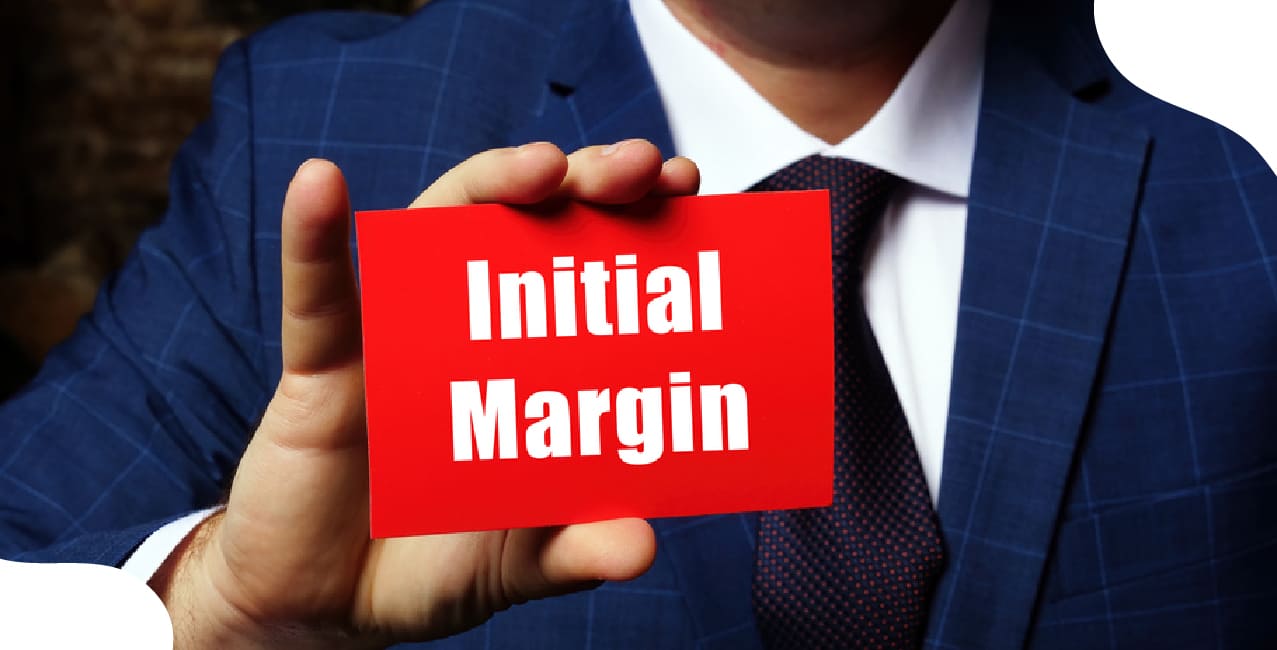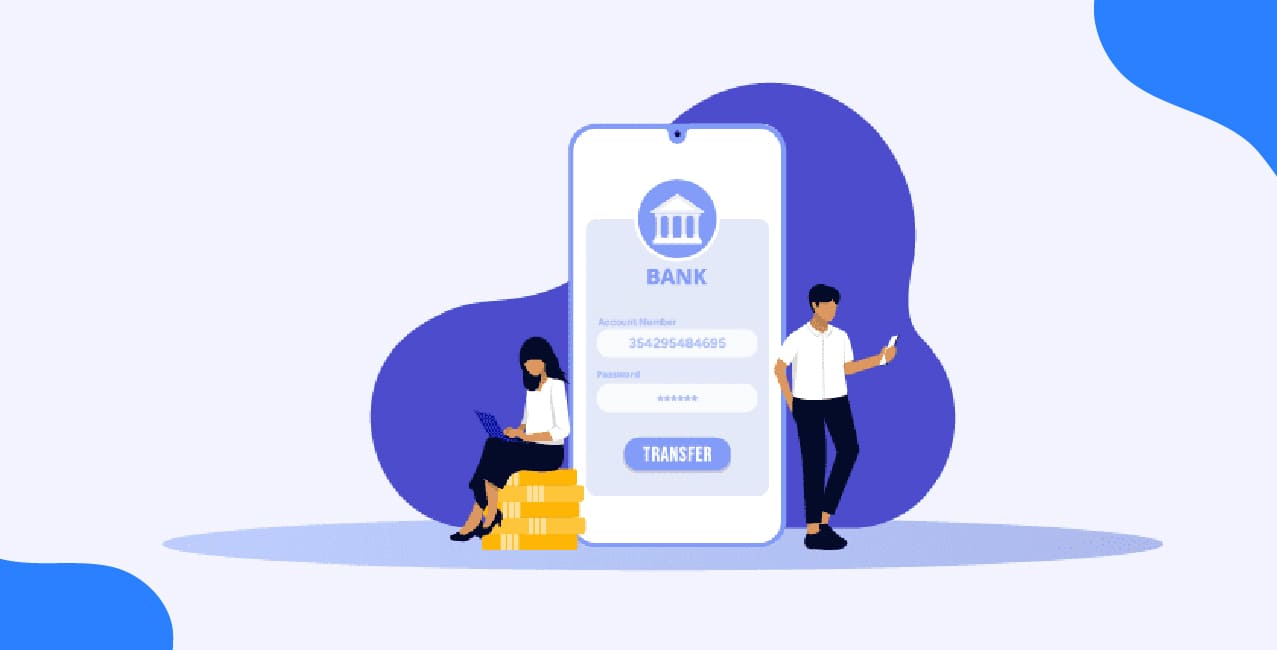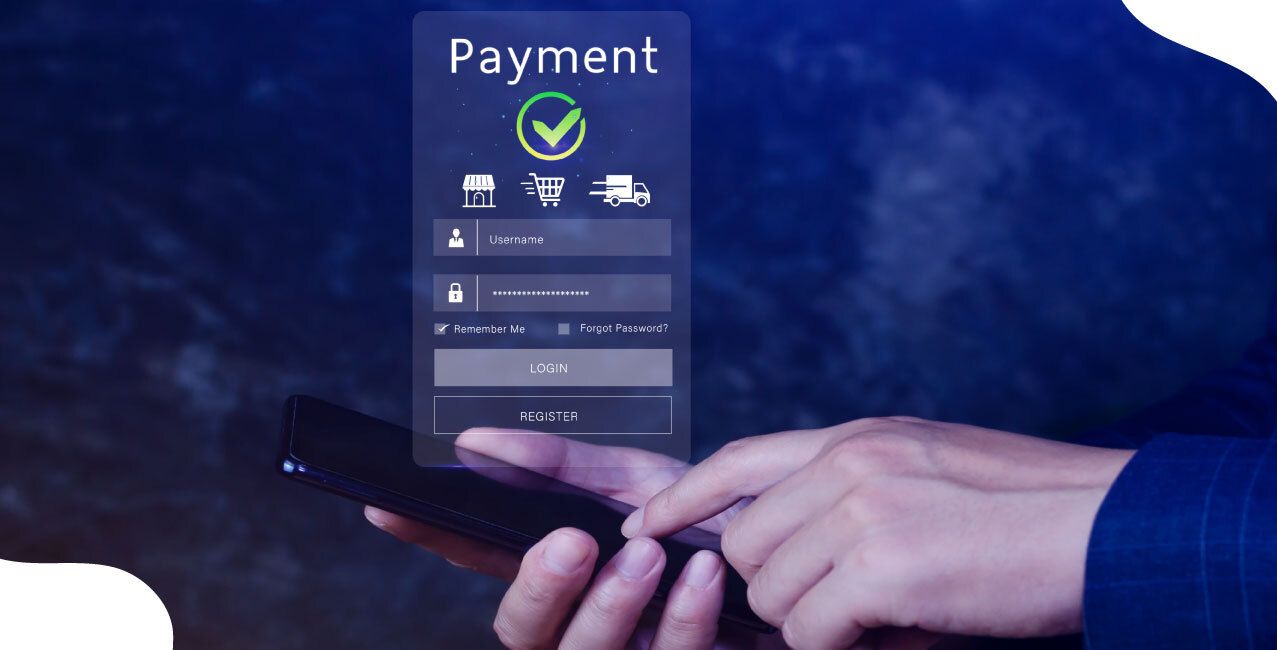
Author
LoansJagat Team
Read Time
5 Min
16 Sep 2025
What Is The Initial Margin – Entry Costs In Futures Trading
Summary Points:
- Initial margin is a security deposit, not a fee or part-payment for futures trading contracts.
- Initial margin allows small traders to control big positions by paying just a fraction upfront.
- Leverage boosts profit potential, but even a small market drop can cause large financial losses.
- Smart traders monitor margin needs daily and use it cautiously to avoid unexpected margin calls.
Fact: The word “margin” comes from both French margin and Latin margin-, margō, showing its mixed origins.
Initial margin in futures trading is the money you must pay upfront to start a trade. It’s not a part of the buying price or a loan. Instead, it’s like a safety deposit that protects against losses if prices change. This is different from stock trading, where you borrow money and pay interest. In futures, no borrowing or interest is involved just a deposit to manage risk.
Ever thought how ₹1,00,000 can control trades worth ₹5,00,000? That’s the power of initial margin in futures trading. Say you have ₹1,00,000 and the broker asks for a 20% margin. With that, you can enter a futures contract worth ₹5,00,000.
If the price rises by 10%, the contract value becomes ₹5,50,000, and you make a neat profit of ₹50,000 on your ₹1,00,000. Isn’t that exciting? But here’s the risky part. If the price falls by 10%, the contract value drops to ₹4,50,000, and you lose ₹50,000.
If it falls by 25%, the value crashes to ₹3,75,000. You lose ₹1,25,000, wiping out your full margin and still owing the broker ₹25,000.
This blog will help you understand what initial margin really means in futures trading, how it works, why it's important, and how it can amplify both profits and risks especially for small traders entering big markets with limited capital.
What Is Initial Margin in Futures Trading?
Initial margin is the security deposit you pay upfront before entering a futures trade. It’s not a fee think of it as a refundable insurance. It ensures you can cover possible losses if the trade goes against you.
But here’s the exciting part: you don’t need to pay the full contract amount. You pay just a small portion thanks to margin trading, you get massive exposure with limited capital.
Let’s understand it with the help of an example:
Let’s say you're trading a gold futures contract worth ₹10,00,000.
- The exchange asks for a 10% initial margin.
- You deposit ₹1,00,000, and now control a ₹10,00,000 trade.
That’s 10x leverage small margin, huge market position!
Think of it like booking a ₹1 crore flat by just paying ₹1,00,000 as token. You get access, not ownership.
Why It Matters?
- If gold prices go up 2%, you gain ₹20,000 on a ₹1,00,000 investment a 20% return!
- But if prices fall 2%, you lose ₹20,000, also a 20% hit.
Initial margin allows big profits, but also amplifies risk. That’s why it’s tightly regulated.
Did You Know?
- NSE and MCX update initial margin daily based on market volatility.
- During COVID-19, SEBI increased margins to avoid panic selling and over-leveraging.
- In high-volatility markets (like crude oil in 2022), initial margins shot up to 25%–30% to reduce risk.
Fun Fact:
In the GameStop frenzy of 2021, brokers like Robinhood had to raise initial margins overnight, freezing trades proving how powerful and sensitive margins are in global markets!
Initial margin is like your security token to enter the futures arena—small in size, but huge in impact. It gives you the power to control big trades without paying the full amount, while ensuring the market stays safe and stable.
Why Do Traders Need to Pay Initial Margin?
Initial margin is the deposit traders make to guarantee they can handle potential trading losses. It acts as a safety net for brokers, ensuring fair play and financial stability in markets.
Let’s understand it with the help of an example:
Suppose you want to trade a futures contract on crude oil worth ₹5,00,000. Do you need to pay the entire amount? Not! The exchange only asks for an initial margin, say 10%.
That means you just put in ₹50,000. With this, you get the right to control a contract worth ₹5 lakhs. Think of it like renting a Ferrari for a weekend, you don’t buy it outright, but you pay a deposit to assure the owner you’ll return it safely.
Now, if crude oil prices rise, your profits are calculated on the full ₹5,00,000, not just your ₹50,000 margin. That’s the beauty of leverage. But if prices fall, losses also apply to the full value, and your margin protects the broker from risks.
So, the initial margin is not a fee; it’s your ticket to enter the futures arena, proving you’re serious, financially responsible, and ready to play the big game.
How Is Initial Margin Calculated?
Initial margin is like the entry fee you pay to start trading futures. To calculate it, you take the total contract value and multiply it by the margin percentage (given by your broker or the exchange).
Let’s understand it with the help of an example:
Suppose you want to trade Nifty Futures.
- Lot Size: 50 units
- Nifty Price: ₹20,000
- Contract Value: 50 × 20,000 = ₹10,00,000
If the margin percentage is 12%, then:
Initial Margin = ₹10,00,000 × 12% = ₹1,20,000
So, instead of paying the full ₹10,00,000, you just deposit ₹1,20,000 to start trading.
Think of it like this:
It’s just like booking a car worth ₹10,00,000 by paying only ₹1,20,000 as an advance. The small deposit shows you’re serious, while protecting the seller. In futures trading, initial margin works the same way, giving you access to big trades with a smaller amount.
Benefits of Initial Margin for Traders:
The biggest advantage of paying initial margin is that it stretches the power of your money. Here’s a quick comparison to show how margin trading benefits traders:
Initial margin is like a booster; it multiplies what your money can do. With just ₹1,00,000, you can control securities worth ₹5,00,000, enjoy bigger profits if prices move in your favour, and still have free capital left for other opportunities.
Risks And Challenges Of Initial Margin:
Margin trading can magnify both gains and losses. While it gives you more market exposure with less money, it also increases your risk—especially if the market moves against your position.
If prices fall sharply, not only can your entire margin be wiped out, but you might also owe your broker extra funds.
Let’s understand crude oil futures with the help of an example:
Let’s say you're trading crude oil futures with a lot size worth ₹5,00,000, and the initial margin required is 20%, so you deposit ₹1,00,000.
- If crude oil prices rise by 10%, your contract is now worth ₹5,50,000, giving you a ₹50,000 profit that’s a 50% return on your margin!
- But if prices drop by 25%, the contract falls to ₹3,75,000.
- You lose your entire ₹1,00,000 margin.
- Worse, you now owe the broker ₹25,000 more to settle the loss.
- You lose your entire ₹1,00,000 margin.
This is not just theory crude oil is known for its wild price swings. For instance, during the COVID-19 crash in April 2020, WTI crude oil futures turned negative for the first time in history, catching even experienced traders off guard.
Think of It Like This:
Margin trading is like driving a sports car fast, thrilling, and powerful, but one wrong turn, and the crash could cost more than just the fuel. Always manage your risk, use stop-loss orders, and never trade more than you can afford to lose.
Conclusion:
Initial margin in futures trading is like a ticket to trade big with less money. By paying a small amount, you can control larger trades and aim for bigger profits. But the risk is high too; losses can grow quickly and even exceed what you invested. Use it carefully, like a strong tool that needs smart handling.
FAQs:
Q: What is margin interest?
Margin interest is the interest you pay on money borrowed from a broker to buy investments or securities.
Q: What is 100% margin level?
A 100% margin level means your equity equals your used margin; falling below may trigger a margin call.
Q: Which business has more margin?
Banks, especially large money-centre banks, have the highest margins—around 100% gross and 30.89% net profit.
Q: What is a margin indicator?
A margin indicator shows how much cash or equity is available in your trading account to support open positions.
Other Related Pages | |||
About the Author

LoansJagat Team
‘Simplify Finance for Everyone.’ This is the common goal of our team, as we try to explain any topic with relatable examples. From personal to business finance, managing EMIs to becoming debt-free, we do extensive research on each and every parameter, so you don’t have to. Scroll up and have a look at what 15+ years of experience in the BFSI sector looks like.

Quick Apply Loan
Subscribe Now
Related Blog Post


